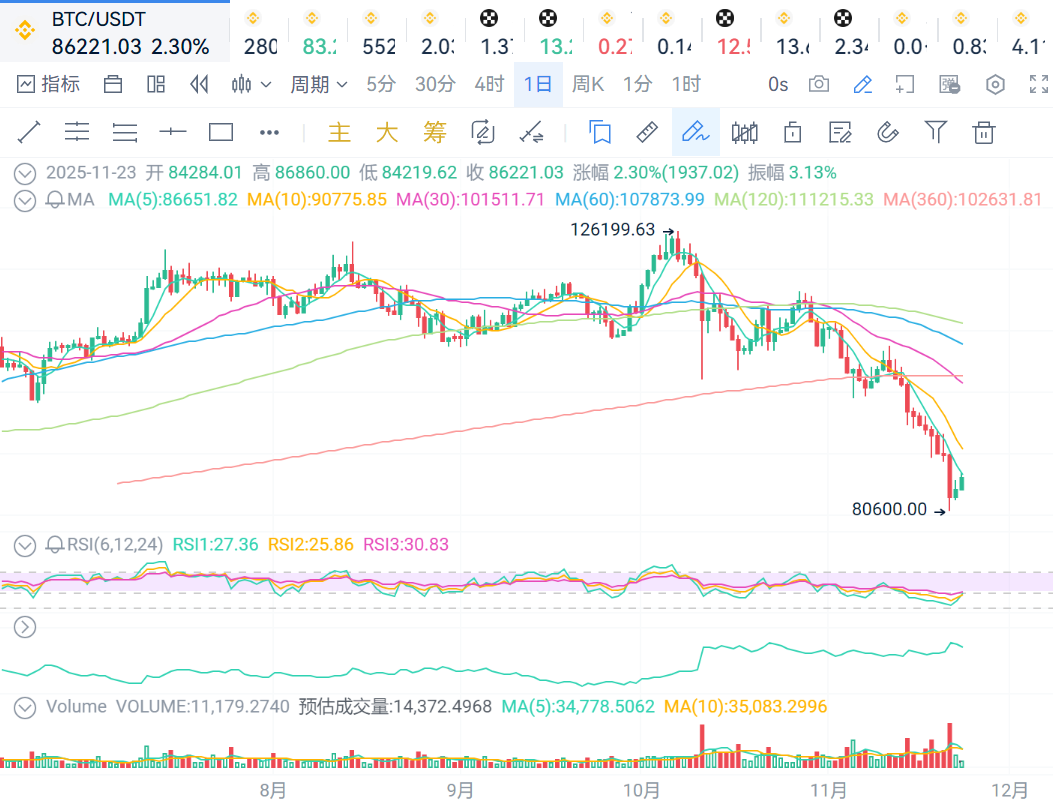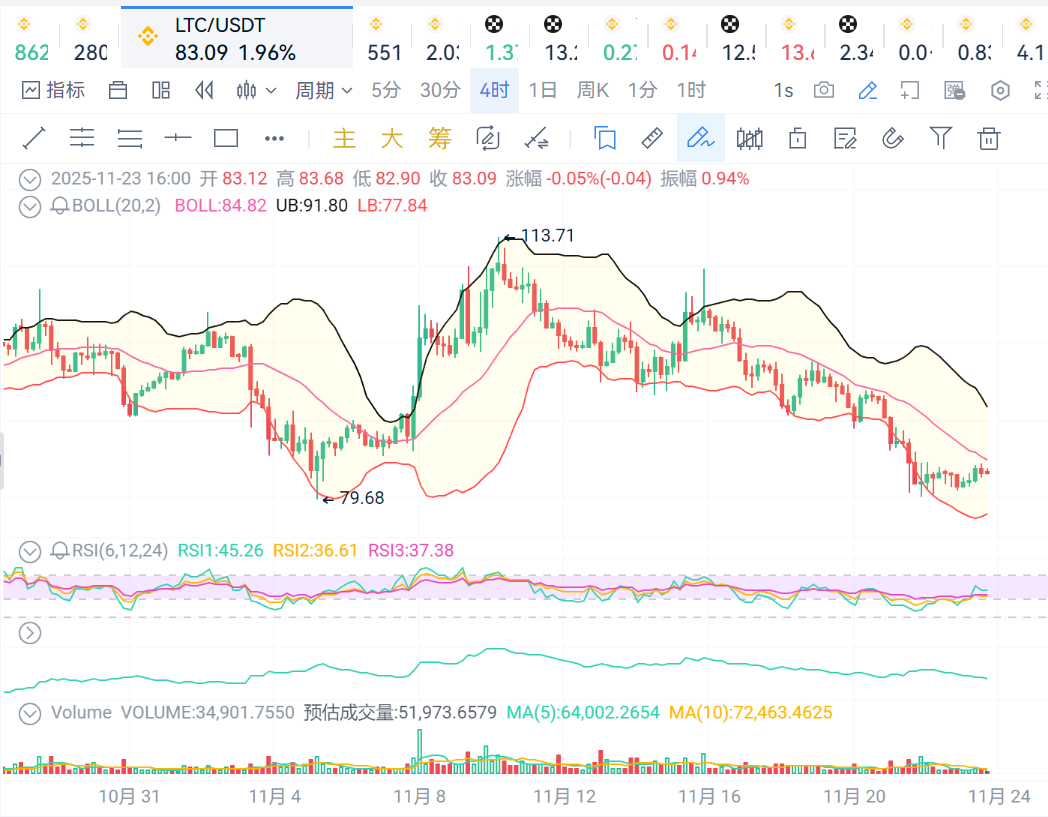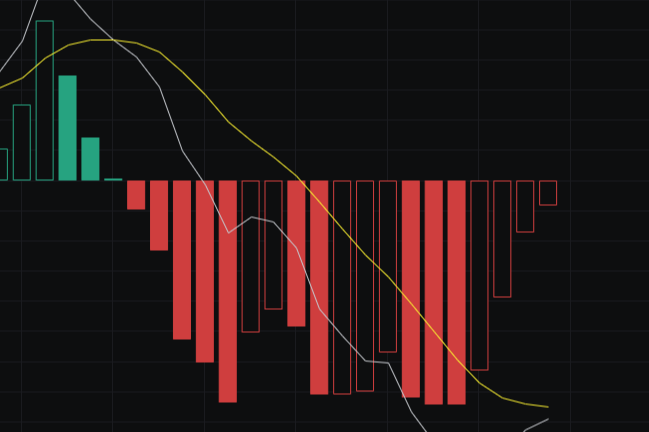Good evening, brothers!
The first category is currency-based assets. These assets include money market funds, bonds, mortgages, bank deposits, etc. This type of asset is usually considered to have a high safety factor, but that is not the case. Due to the existence of inflation, holding currency-type assets inevitably leads to a continuous shrinkage of purchasing power. The assets that seem the "safest" are actually the most "dangerous." As the popular saying goes, some seemingly stable jobs are just "stably poor."
The second category is non-productive assets. Take gold as an example; it has little practical use and cannot reproduce itself. The vast majority of people invest in gold because they believe its price will continue to rise, but that is not the case. According to statistics from Professor Jeremy Siegel, from 1802 to 2012, a $1 investment in gold could only appreciate to $4.52, while a $1 investment in stocks could appreciate to $704,997.
The third category is income-generating assets. Farms can produce corn, real estate can generate rental income, and some excellent companies can generate profits; these all belong to productive assets. For these cash "cows," their asset value does not depend on trading but on their ability to produce. This type of asset does not require a "white knight" and can effectively combat inflation, making it our ideal investment choice.
……
……
Michael Hartnett, Chief Investment Strategist at Bank of America, stated in the latest "Flow Show" report that due to the current liquidity tightening impacting multiple asset classes, the Federal Reserve is facing pressure to continue cutting interest rates, and the cryptocurrency market will become the first barometer to sense the central bank's policy shift.
Hartnett pointed out that assets such as cryptocurrencies, credit, the dollar, and private equity have all shown "liquidity peak" signals. Over the past two years, global central banks have implemented multiple interest rate cuts, driving market speculation, but recent hawkish comments from the Federal Reserve have raised doubts about further easing policies in 2026. Cryptocurrencies have been severely impacted, with Bitcoin and Ethereum continuing to decline, highlighting the impact of liquidity tightening on risk assets.
BTC: On the 4-hour level, the price continues to fluctuate near the middle band of the Bollinger Bands.

On the daily level, the price continues to be suppressed by multiple moving averages, showing a weak price trend.

In summary, the support level is 86000, and the resistance level is 86600.
ETH: On the 4-hour level, the price continues to fluctuate near the middle band of the Bollinger Bands, showing a weak price trend, with a support level of 2800 and a resistance level of 2820.

LTC: The price continues to stay below the middle band of the Bollinger Bands, showing a weak price trend, with a support level of 82 and a resistance level of 84.

BCH: The price continues to stay above the middle band of the Bollinger Bands, maintaining a strong price trend, with a support level of 540 and a resistance level of 570.
That's all for now, good night!

免责声明:本文章仅代表作者个人观点,不代表本平台的立场和观点。本文章仅供信息分享,不构成对任何人的任何投资建议。用户与作者之间的任何争议,与本平台无关。如网页中刊载的文章或图片涉及侵权,请提供相关的权利证明和身份证明发送邮件到support@aicoin.com,本平台相关工作人员将会进行核查。




